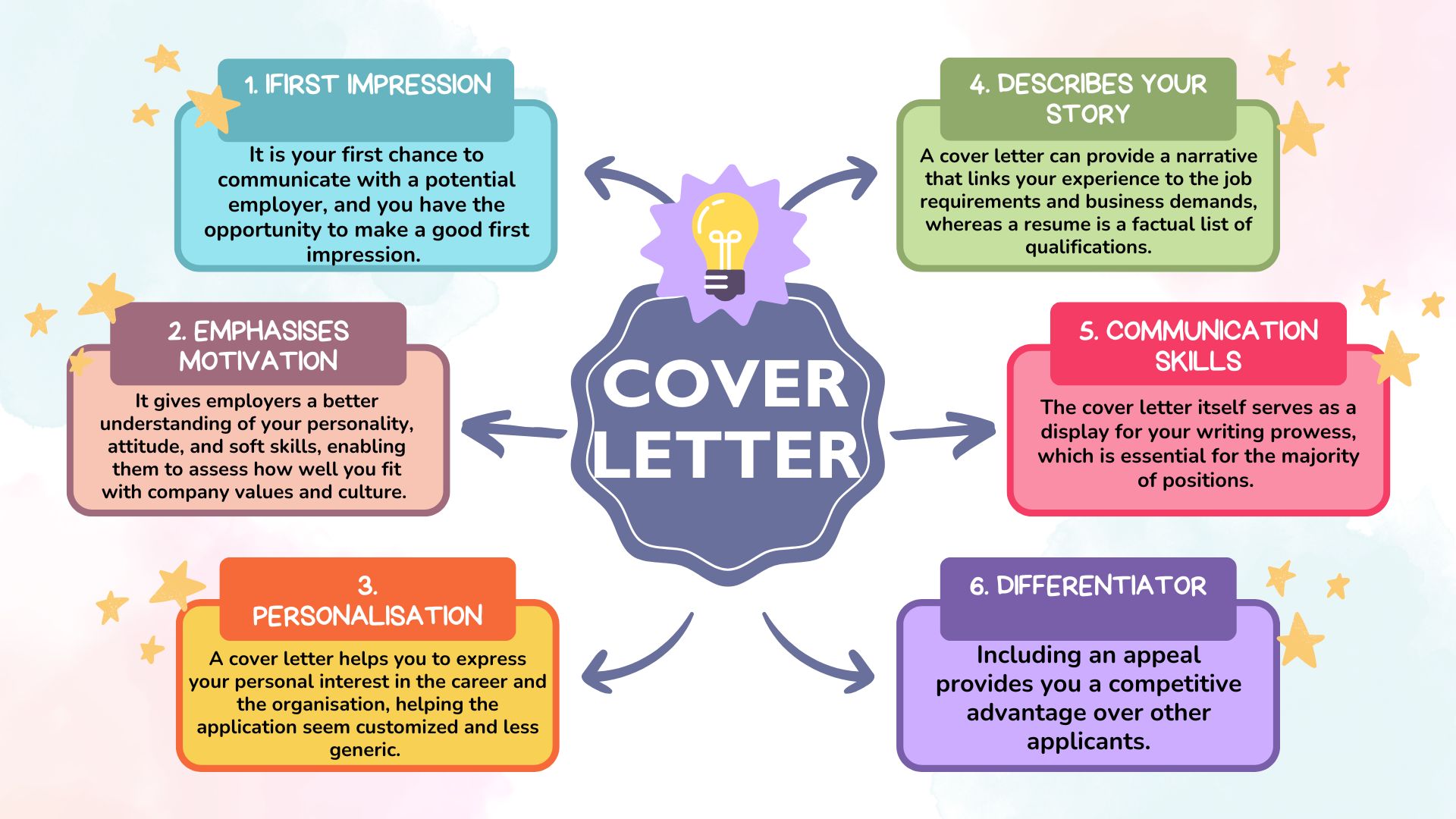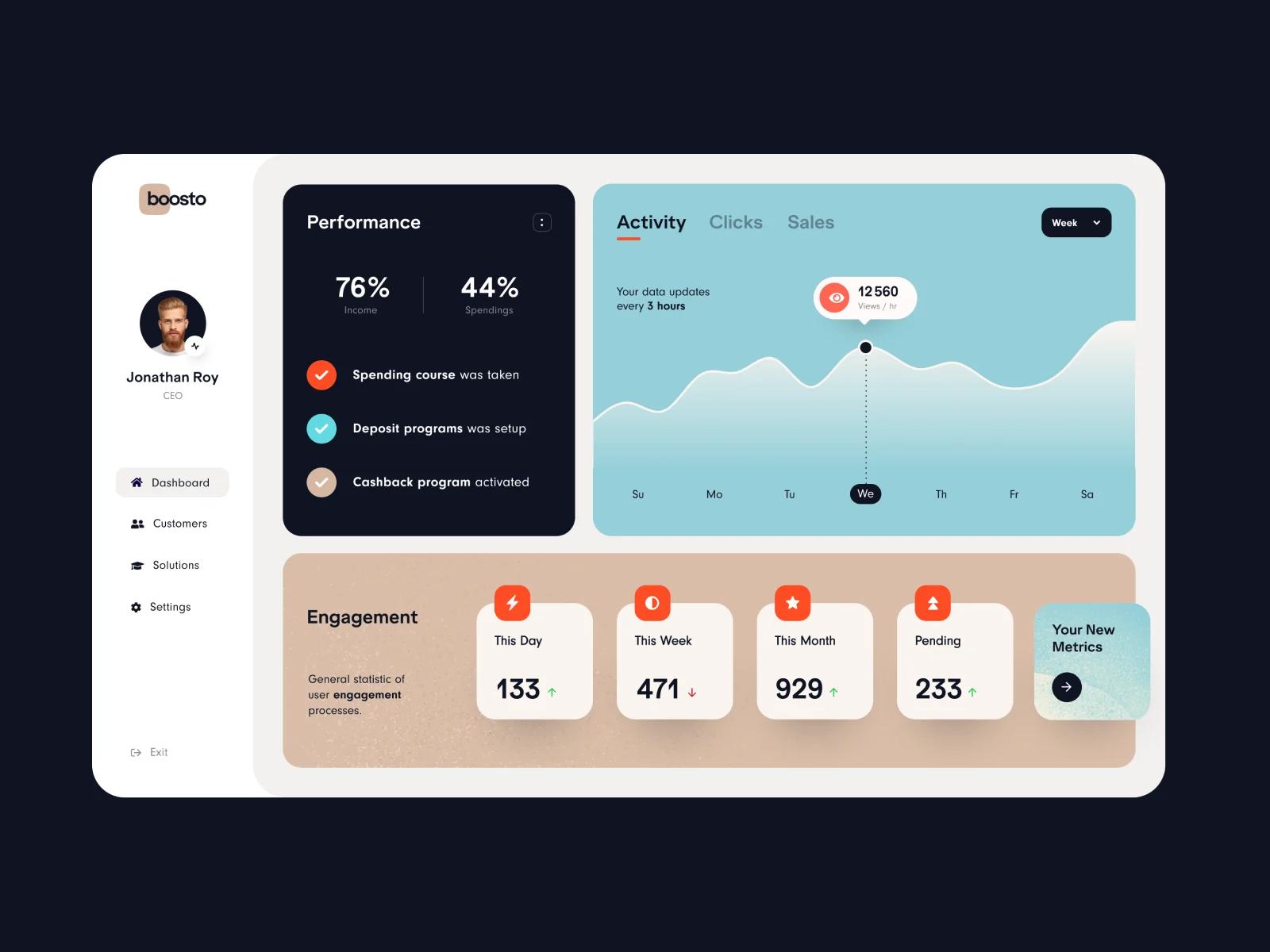In the ever-evolving world of digital marketing, user experience (UX) and trust are more important than ever. With over 60% of users abandoning websites due to poor UX, the way you engage visitors can make or break your online success. Enter exit intent popups — a powerful tool that, when used correctly, can turn potential losses into valuable conversions. But here’s the catch: they must be implemented with care to avoid eroding the very trust you’re trying to build.
This guide will walk you through the best practices for using exit intent popups without compromising user trust. Whether you’re a seasoned marketer or just starting out, these insights will help you create effective, respectful, and high-converting popups that align with modern UX standards.
What Is Exit Intent & Why It Matters
Exit intent is a technique that detects when a user is about to leave a website, typically by tracking their mouse movements or scroll behavior. When triggered, an exit intent popup appears, offering a last-minute incentive to stay or convert.
Why does this matter? In a world where attention spans are shorter than ever, capturing a visitor’s interest at the moment they’re about to leave can significantly boost your conversion rates. According to research from OptiMonk, businesses like BootCuffsSocks have seen a 17% reduction in cart abandonment and an 8% increase in revenue by using well-timed exit intent popups.
But here’s the key: exit intent popups aren’t just about pushing sales. They’re about creating value, solving problems, and building trust. If done right, they can enhance the user experience rather than disrupt it.
How Exit Intent & Popups Impact SEO Performance
While exit intent popups are primarily a conversion tool, their impact on SEO shouldn’t be overlooked. Here’s how they can influence your search engine rankings:
- User Engagement: Search engines like Google prioritize websites that provide a positive user experience. If your popups are intrusive or annoying, they can lead to higher bounce rates, which negatively affect your rankings.
- Dwell Time: Visitors who stay longer on your site (and engage with your content) signal to search engines that your site is valuable. Exit intent popups that offer useful content or incentives can extend dwell time.
- Conversion Rates: Higher conversion rates (e.g., email signups, purchases) can indirectly improve your SEO performance by increasing traffic and engagement metrics that search engines consider.
To maximize these benefits, ensure your popups are relevant, non-intrusive, and aligned with the user’s intent.
Step-by-Step Implementation Framework
1. Define or Audit the Current Situation
Before implementing exit intent popups, take stock of your current setup. Ask yourself:
- Are your existing popups causing friction?
- What is the purpose of your popups (e.g., lead generation, cart recovery)?
- What is your audience’s behavior on your site?
Use tools like Hotjar or Google Analytics to track user interactions and identify pain points.
2. Apply Tools, Methods, or Tactics
Once you understand your current situation, choose the right strategy. Consider the following approaches:
- Offer a Special Discount or Incentive: Provide a limited-time discount to encourage immediate action.
- Provide a Content Upgrade or Free Resource: Offer a downloadable resource related to the content the user was reading.
- Show Social Proof or Trust Signals: Include testimonials, reviews, or trust badges to build credibility.
- Create Urgency or Scarcity: Use countdown timers or low-stock alerts to prompt quick decisions.
- Engage with a Question or Offer Help: Ask users why they’re leaving or offer assistance.
Each of these strategies should be tailored to your audience and business model.
3. Measure, Analyze, and Optimize
After launching your exit intent popups, monitor their performance using analytics tools. Track metrics such as:
- Conversion rate
- Bounce rate
- Time on page
- User feedback
A/B test different designs, messages, and triggers to find what works best for your audience. Continuously refine your approach based on data and user feedback.
Real or Hypothetical Case Study
Let’s look at a hypothetical case study of a fictional e-commerce store, “TechGadgets Inc.”
Challenge: High cart abandonment rates and low email list growth.
Solution: TechGadgets Inc. implemented an exit intent popup that offered a 10% discount on the user’s order if they completed the purchase within 30 minutes. The popup also included a brief message highlighting the product’s unique features.
Results:
– Cart abandonment decreased by 15%
– Email signups increased by 20%
– Revenue from the popup campaign grew by 12%
By focusing on value and timing, TechGadgets Inc. turned potential losses into meaningful conversions.
Tools and Techniques for Exit Intent & Popups
Here are some of the best tools and techniques to help you implement exit intent popups effectively:
- Popup Maker: A WordPress plugin that allows you to create customizable exit intent popups with ease.
- Sumo: Offers a range of tools for growing your email list, including exit intent popups.
- OptiMonk: Known for its advanced targeting options and real-time analytics.
- WooCommerce Popup Builder: Ideal for e-commerce sites looking to recover abandoned carts.
- Hotjar: Helps you understand user behavior and optimize your popups accordingly.
These tools can streamline the process and help you create popups that resonate with your audience.
Future Trends and AI Implications
As AI continues to shape the digital landscape, we can expect significant changes in how exit intent popups are used. Here are a few trends to watch:
- AI-Powered Personalization: AI can analyze user behavior in real-time and deliver hyper-personalized popups that are more likely to convert.
- Voice and Multimodal Interactions: As voice assistants and multimodal interfaces become more common, popups may evolve to support these new interaction models.
- Ethical AI: With growing concerns around privacy and data ethics, future popups will need to be even more transparent and user-centric.
To stay ahead, focus on creating popups that are not only effective but also ethical and respectful of user preferences.
Key Takeaways
- Exit intent popups can be powerful tools for converting visitors, but they must be used with care to maintain trust.
- Timing is everything — trigger popups at the right moment, such as when a user shows exit intent or after engaging with content.
- Offer value — whether it’s a discount, free resource, or helpful information, your popup should solve a problem or add value.
- Test and optimize — continuously refine your popups based on user feedback and performance data.
- Respect user experience — avoid intrusive designs and ensure your popups are easy to dismiss.
By following these principles, you can create exit intent popups that drive conversions while maintaining the trust of your audience.
Meta Title: How to Use Exit Intent & Popups Without Losing Trust
Meta Description: Learn how to use exit intent popups effectively without damaging user trust. Discover best practices, tools, and strategies for maximizing conversions.
SEO Tags (5): exit intent popups, user trust, conversion optimization, popup design, UX best practices
Internal Link Suggestions: Parameter #12: Conversion Rate Optimization, Parameter #8: User Experience Design, Parameter #15: Email Marketing Strategies
External Source Suggestions: OptiMonk, HubSpot, Google Analytics











